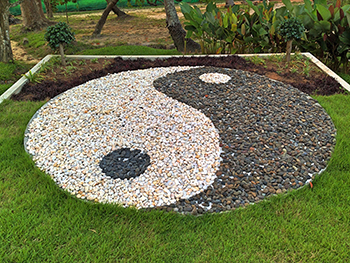Subscribe to the O’Reilly Design Podcast, our podcast exploring how experience design — and experience designers — are shaping business, the Internet of Things, and other domains.
In this week’s Design Podcast episode, I sit down with Vanessa Cho, head of UX and research for the software and services group at GoPro. Cho, along with her hardware colleague Wesley Yun, will be speaking at O’Reilly’s inaugural Design Conference in January. We talk about designing for hardware and software, building design teams, and what she looks for in new recruits.
Here are a few highlights from our conversation:
I started at GoPro 18 months ago. I was one of the first designers, and in that time, we’ve grown to 18 designers — 18 designers in 18 months. We’ve spent a lot time recruiting and honing down on what is really important to us.
At GoPro, we’re building a hybrid model that allows us to harness specialized skills while delivering speed and scale. What we have is embedded UX generalists for each of the product teams who can champion the customer experience and help define the product and the value of it. Simultaneously, we have a group of shared services, which is filled with specialists, researchers, visual designers, content strategists, and then also me as a manager, that work to help support the UX generalists that are embedded in the team. They’re ensuring that the team not only is working well together but it’s delivering consistent, on-brand quality work. This model … requires a lot of collaboration and communication between the individuals. … It also helps significantly that I have a very tenured, and mature, and collaborative team that always helps, not only on the software side, but also on the hardware side. We have excellent partnership there.
You know, hardware and software are very much like apples and oranges. Your job as a designer is to invent a peeler that works for both.
Hardware and software are motivated for different outcomes. Specifically, I think hardware has to be solution driven. They only have one chance to make that one product perfect. They can’t release the product and then quickly update it and be like, ‘Sorry. That wasn’t really good. Here, let’s send another update to the app store.’ Once it’s out there, it really is out there. It’s final. On the other hand, software is totally different in the sense where it’s not about a final product at a specific point in time; it’s much more about the process, about evolving the product itself. It’s about hypothesizing, concepting, learning, iterating, and changing. I definitely think that a hardware designer does that, too. They must. They absolutely have to, but they still have to design for a finished product. A final, final product. The software designer, I feel, usually has the attitude that … the product is never finished. You can always learn, and iterate, and go through betas, alphas and betas. It’s like a public beta.
I think all you really need is to find great hardware peers or software peers, regardless of where you are, who share that understanding of design thinking about how you actually create solutions or concepts and test those particular things out. Once you have that shared thinking, you can make that ecosystem really sing.
Image by Kyle Pearce on Flickr.

